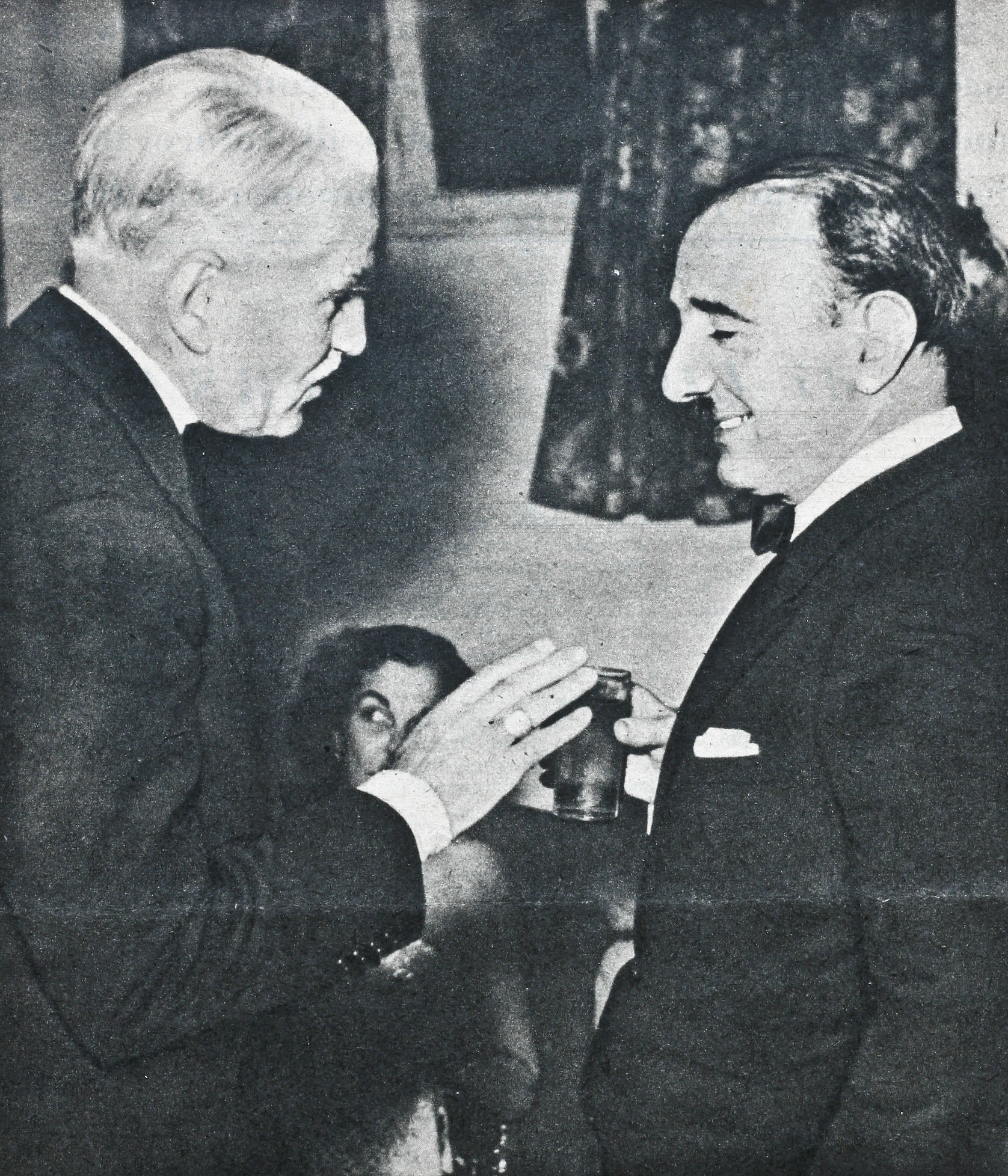Sherrie Campbell in a post for the blog “Entrepreneur“ investigates a particular area of life which, if fully developed, may lead to everlasting happiness and success.
Sherrie’s thoughts could be considered as a recipe! You can imagine emotional wealth as a well-prepared dish to impress your loved one and each ingredient needs to be carefully picked!
Here are the ingredients:
1.Confidence is like the salt we put in boling water to cook pasta
2.Resilience is like the cooking pot
3.Keep looking forward is refraining from testing during the preparation
4.Don’t compromise yourself: if you don’t like molecular cuisine, don’t do it!
5.Faith: believe in yourself and your abilities: the object of your desire will be satisfied!
6.Maturity: be patient, and choose no shortcuts (no frozen pizza, pre-packed sushi or home-delivered chinese, please!)
7.Discerning: proportion and quality of ingredients are always better than quantity, just as friends
8.Reality: you cook what you really want: no trendy recipes!
9.Readiness: put your cooking tools on the working board,
10.Self-preservation: you know when to stop cooking and have a sip of wine
11.Value time: or your soufflè will deflate…..
12.Have limits: no red wine with lobster, please!
13.Altruism: you cook for your loved one, not for your own glory
14.True to yourself: see n. 8!
15 Create happiness: it’s not a given, it’s an happiness-generator
For the full article read here

Image source: Flickr – Anders Sandberg – (CC BY 2.0)










Recent Comments